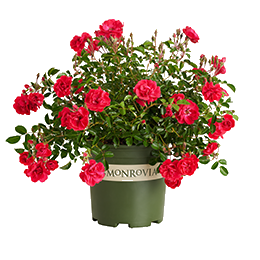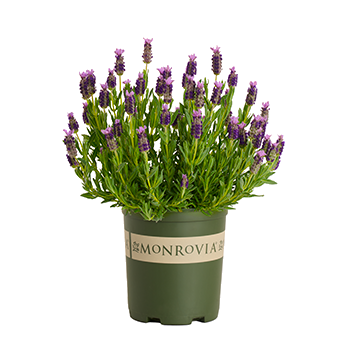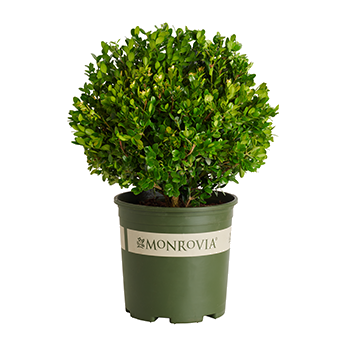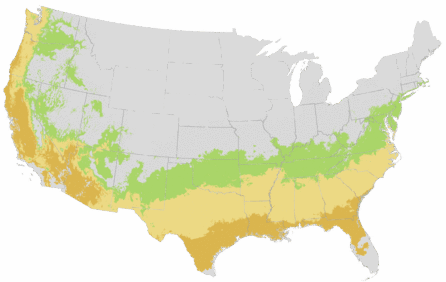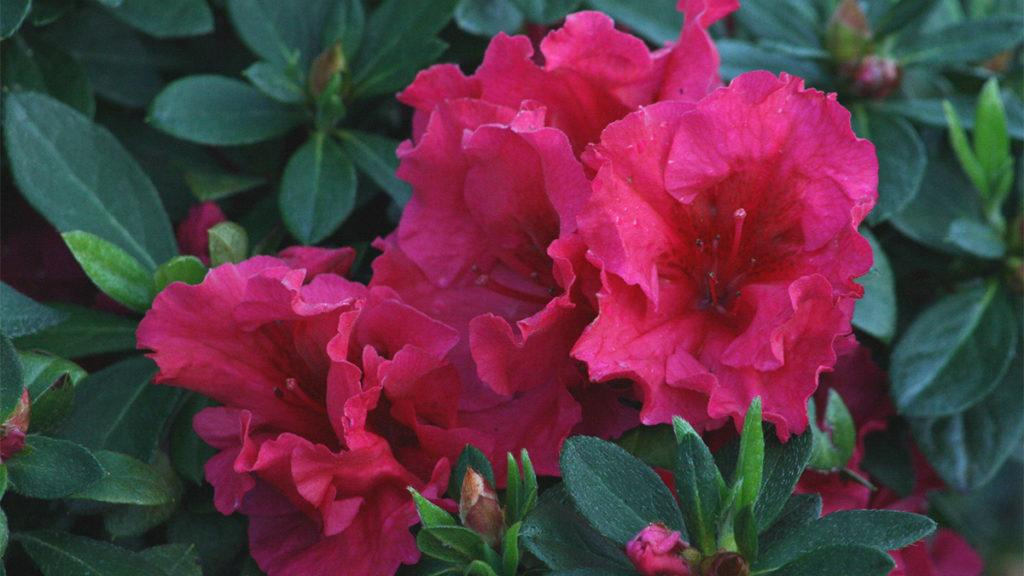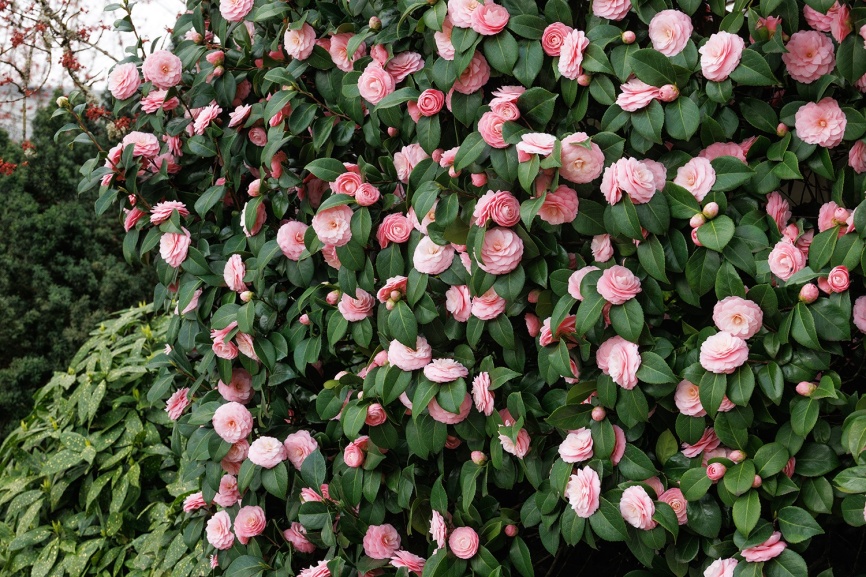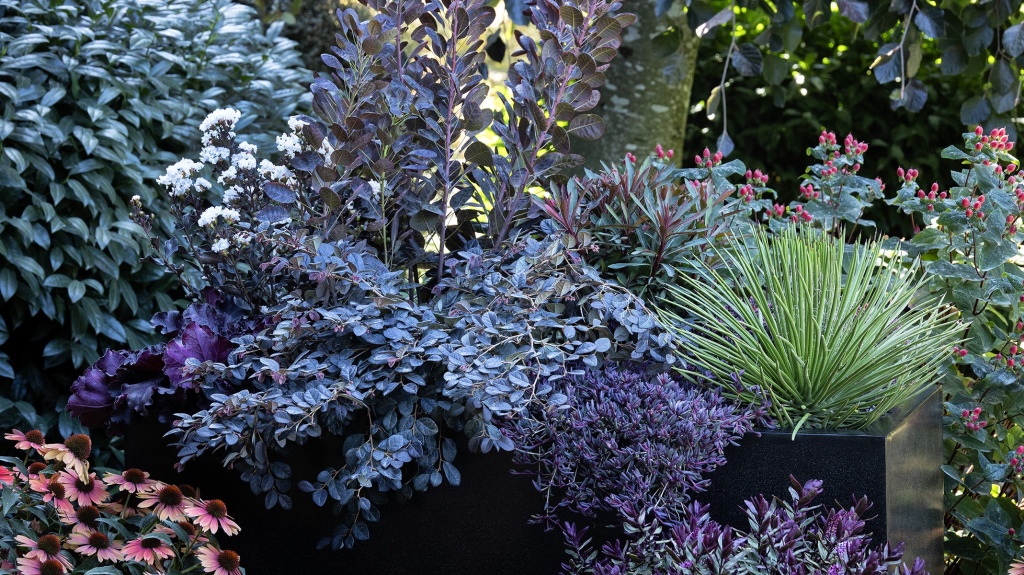You're growing in this Zip Code:
Change LocationDiscover Plants for Your Area
Autumn Moon Azalea
Azalea x 'Shugetsu' (Satsuki hybrid)
Retailers Near You
| Description | A beautiful, small azalea shrub that extends the flowering season! Huge, deep purplish pink blooms, many with white throats, and some with solid color. Great color for containers, or use as low border shrub. Satsuki varieties can often handle a little more sun than most azaleas, though dappled sunlight is recommended. Evergreen. |
|---|---|
| Bloom Time | Spring |
| Deciduous/Evergreen | Evergreen |
| Special Features | Easy Care, Attracts Pollinators, Compact Form |
| Problems/Solutions | Coastal Exposure |
| Growth Rate | Slow |
| Flower Attributes | Showy Flowers |
| Landscape Use | Border, Container |
| Design Ideas | A perfectly sized azalea for high profile foundation planting. Attention getter at close range around outdoor living areas or to liven up dull shrub borders. Create irregular groups in sheltered locations around tree groves and in acidic soils in conjunction with conifers. Superior choice for both Chinese and Japanese inspired gardens. |
| Flower Color | Purplish-pink |
| Foliage Color | Green |
| Companion Plants | Japanese Maple (Acer palmatum); Gardenia (Gardenia); Hydrangea (Hydrangea); Astilbe (Astilbe); Oregon Grape Holly (Mahonia); Camellia (Camellia) |
| Care Instructions | Provide well-drained soil, acidic and rich in organic matter. Best in an east or north exposure, protected from harsh sun in hot, dry climates. Water deeply, regularly during the first growing season to establish an extensive root system. Feed with an acid fertilizer after bloom. Keep roots cool with a thick layer of mulch. |
| History | The Satsuki azaleas are perhaps the most highly regarded of all in Japan. Breeding has resulted there the widest range of flower color, but there is equal emphasis on growth characteristics. They are derived from crosses between A. indicum and A. eriocarpum. Satsukis were introduced to the west around 1900, but breeding didn't really take off here until the 1930s. |
| Lore | Though they are known as azaleas, all azalea hybrids are technically members of genus Rhododendron. Originally bred, and still widely popular for bonsai use, Satsuki azaleas are twiggy with dense foliage, have a low, spreading, rounded and notably smaller leaves. |
| Description | A beautiful, small azalea shrub that extends the flowering season! Huge, deep purplish pink blooms, many with white throats, and some with solid color. Great color for containers, or use as low border shrub. Satsuki varieties can often handle a little more sun than most azaleas, though dappled sunlight is recommended. Evergreen. |
|---|---|
| Bloom Time | Spring |
| Deciduous/Evergreen | Evergreen |
| Special Features | Easy Care, Attracts Pollinators, Compact Form |
| Problems/Solutions | Coastal Exposure |
| Growth Rate | Slow |
| Flower Attributes | Showy Flowers |
| Landscape Use | Border, Container |
|---|---|
| Design Ideas | A perfectly sized azalea for high profile foundation planting. Attention getter at close range around outdoor living areas or to liven up dull shrub borders. Create irregular groups in sheltered locations around tree groves and in acidic soils in conjunction with conifers. Superior choice for both Chinese and Japanese inspired gardens. |
| Flower Color | Purplish-pink |
| Foliage Color | Green |
| Companion Plants | Japanese Maple (Acer palmatum); Gardenia (Gardenia); Hydrangea (Hydrangea); Astilbe (Astilbe); Oregon Grape Holly (Mahonia); Camellia (Camellia) |
| Care Instructions | Provide well-drained soil, acidic and rich in organic matter. Best in an east or north exposure, protected from harsh sun in hot, dry climates. Water deeply, regularly during the first growing season to establish an extensive root system. Feed with an acid fertilizer after bloom. Keep roots cool with a thick layer of mulch. |
|---|
| History | The Satsuki azaleas are perhaps the most highly regarded of all in Japan. Breeding has resulted there the widest range of flower color, but there is equal emphasis on growth characteristics. They are derived from crosses between A. indicum and A. eriocarpum. Satsukis were introduced to the west around 1900, but breeding didn't really take off here until the 1930s. |
|---|---|
| Lore | Though they are known as azaleas, all azalea hybrids are technically members of genus Rhododendron. Originally bred, and still widely popular for bonsai use, Satsuki azaleas are twiggy with dense foliage, have a low, spreading, rounded and notably smaller leaves. |
Retailers Near You
About Us
We have been pioneers and craftsmen in the art of growing plants for nearly
100 years. Since our founding in Southern California by Harry E. Rosedale, Sr.
in 1926, we have been absolutely dedicated and obsessed with quality.
We have been pioneers and craftsmen in the art of growing plants for nearly 100 years. Since our founding in Southern California by Harry E. Rosedale, Sr. in 1926, we have been absolutely dedicated and obsessed with quality.
